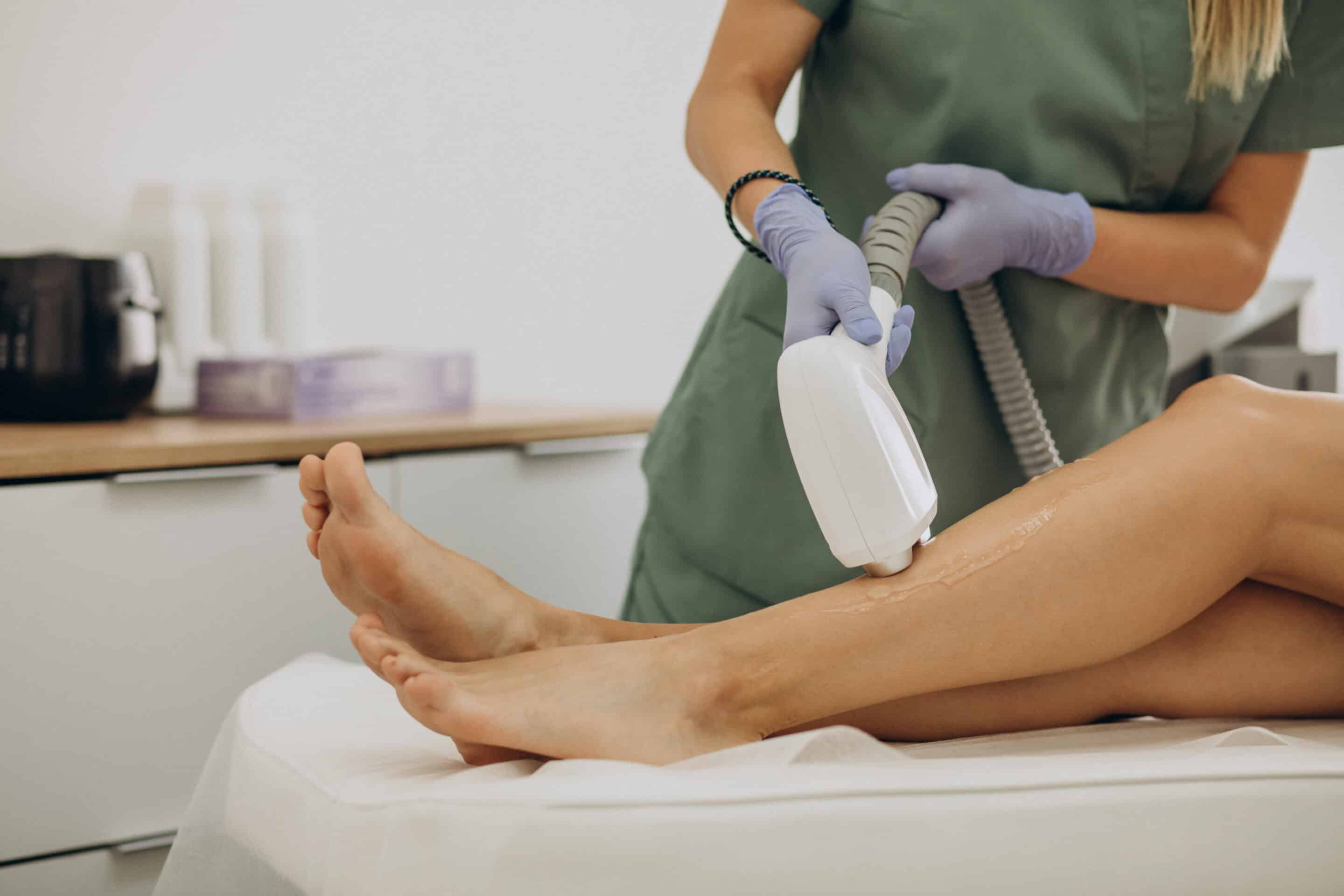Have you ever wondered if laser hair removal is safe or had questions about the procedure?
Let’s look into the science behind laser hair removal and explore why it’s generally considered a very safe cosmetic procedure, when it’s performed correctly.
So, is laser hair removal safe?
How Laser Hair Removal Works
Laser hair removal uses concentrated beams of light that target the melanin (pigment) of the hemoglobin (blood supply) in your hair follicles. The light energy converts to heat, which damages the stem cells in the follicles and inhibits future hair growth. Most reputable aesthetic clinics use Class 4 lasers, which might sound scary, but here’s the facts: these lasers produce non-ionizing radiation (similar to a cell phone), meaning they don’t cause the kind of cell damage associated with X-rays or nuclear radiation.
Is laser hair removal safe?
When performed by trained professionals, laser hair removal has an excellent safety record. However, like any cosmetic procedure, it’s not without risks. Here are the important safety aspects you should know:
Common Side Effects:
- Temporary redness
- Mild swelling around the follicles
- Slight skin irritation
- Brief skin sensitivity
These effects typically disappear within a few hours to days after treatment.
Rare but Possible Complications:
- Blistering
- Changes in skin pigmentation
- Scarring
- Burns (usually only if the procedure is done incorrectly)
Surprising Facts About Laser Safety
The laser’s wavelength (depth) matters more than its power. Different wavelengths are used for different skin types, making the procedure safer for everyone.
Your eyes are actually at greater risk than your skin during the procedure. That’s why protective eyewear is an absolute must for both clients and technicians.
The cooling systems/techniques built into or added onto modern laser devices are as important as the laser itself. They help protect your skin’s surface while the laser works deeper in the follicle.
How to make your treatment safer
To ensure the safest possible experience:
- Choose a licensed professional with lots of experience
- Be honest about your medical history
- Avoid sun exposure for several weeks before and after treatments
- Follow all pre and post-care instructions
- Don’t try at-home laser devices without proper research
The Bottom Line
Laser hair removal is generally safe when performed correctly. Modern technology, proper training, and detailed safety protocols have made it one of the most common and well-studied cosmetic procedures available. The key is finding a qualified provider who is experienced, uses Health Canada approved equipment and follows all safety guidelines.
Remember: while the non-ionizing radiation used in Class 4 aesthetic lasers won’t cause long-term cellular damage, the procedure still requires proper precautions and professional expertise to ensure your safety and best results.
Always consult with a qualified professional and do a small test patch to determine if laser hair removal is right for you, especially if you have darker skin or any medical conditions.




